My goal in creating this enhanced hand cycle evolved from watching my quadriplegic brother struggle to utilize his exercise equipment for more than a few minutes before he became bored with the therapy. He is stimulated by bright colorful lights and my idea to incorporate a 7" Android display with RGB LEDs back light gives him the reward he seeks to continue his therapy as the lights increase in intensity and overall visual appeal the more strenuous his workout. The Android display will run visual effects pre-set for the user to include nature scenery or the user can view YouTube videos or preferred videos loaded with external memory cards. This component was further enhanced with the addition of a connected vitals recording and monitoring system that allows the information to be sent to the Cloud via arduino sending serial data to PC and then directly upload to sensormonkey (https://sensormonkey.eeng.nuim.ie/) so it can be used by family, doctors and therapists. One design objective is to have a stand alone module which can connect to any exercise bike with little modification and is user friendly. To aid in this goal all design files will be available as open source open hardware files on my Google drive.
https://drive.google.com/folderview?id=0B4BUwT8UAilcazRja29mXzlGWUk&usp=sharing
| Working | Not working | Future Development |
| Hand speed sensor w/circuit | Galvanic skin response analog front end | Dual wave length pulse oximeter |
| Pulse Oximeter | Pulse oximeter analog front end | Galvanic skin response upgrade w/ analog devices IC |
| Galvanic Skin Sensor | LED driver | Sand and paint frame of cycle |
| Tension Mechanism | Arduino Mega code | LED driver board with integrated SMD LEDs |
| Body Temperature sensor w/circuit | User interface | Digital body temperature sensor |
| LED backlight | Improved Android display holder for increased stability | |
| Android display with holder | Develop real time system code | |
| Develop user interface with buttons that allow user to select different workout programs and visual effects |
 Hebrewhammer130
Hebrewhammer130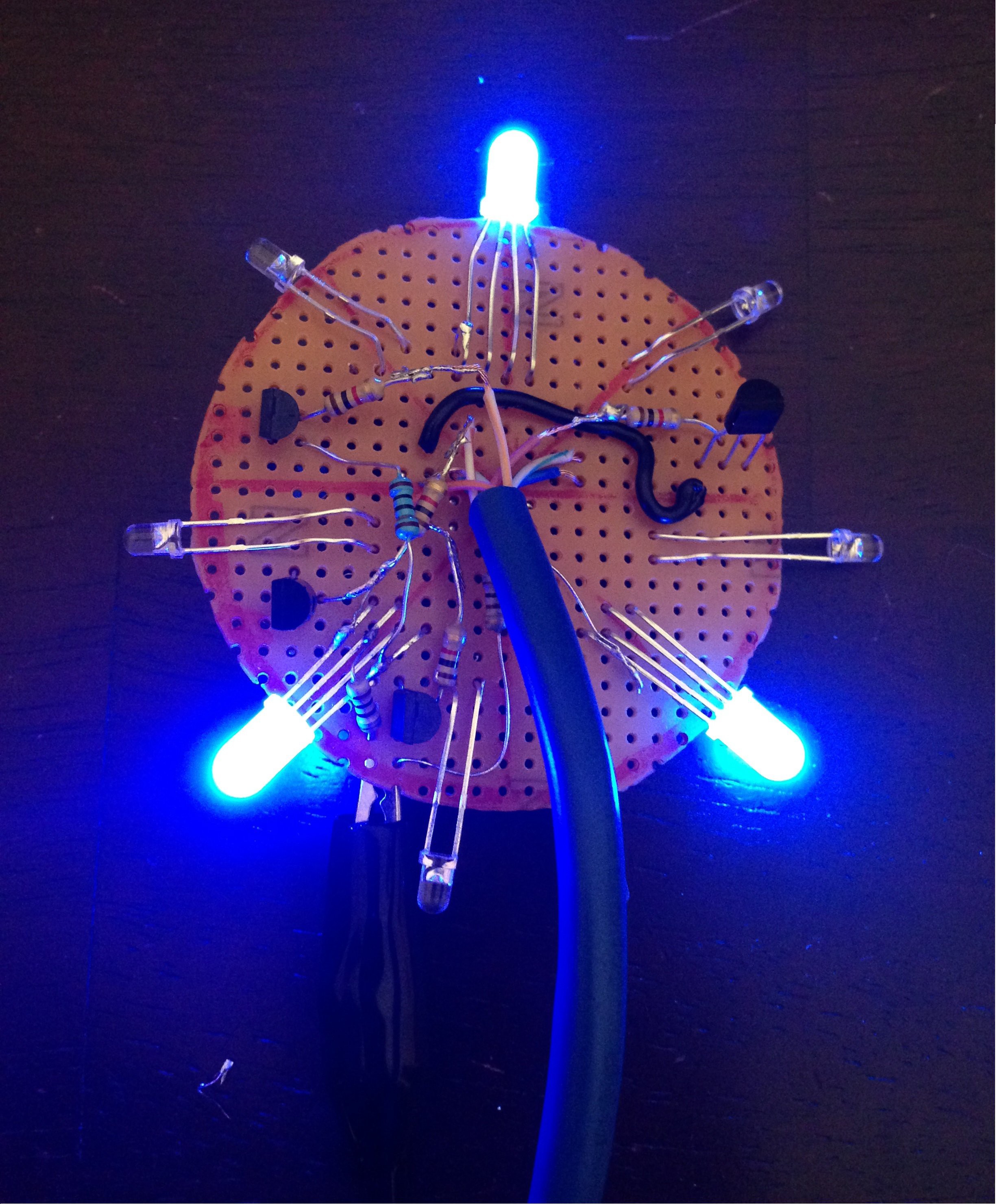
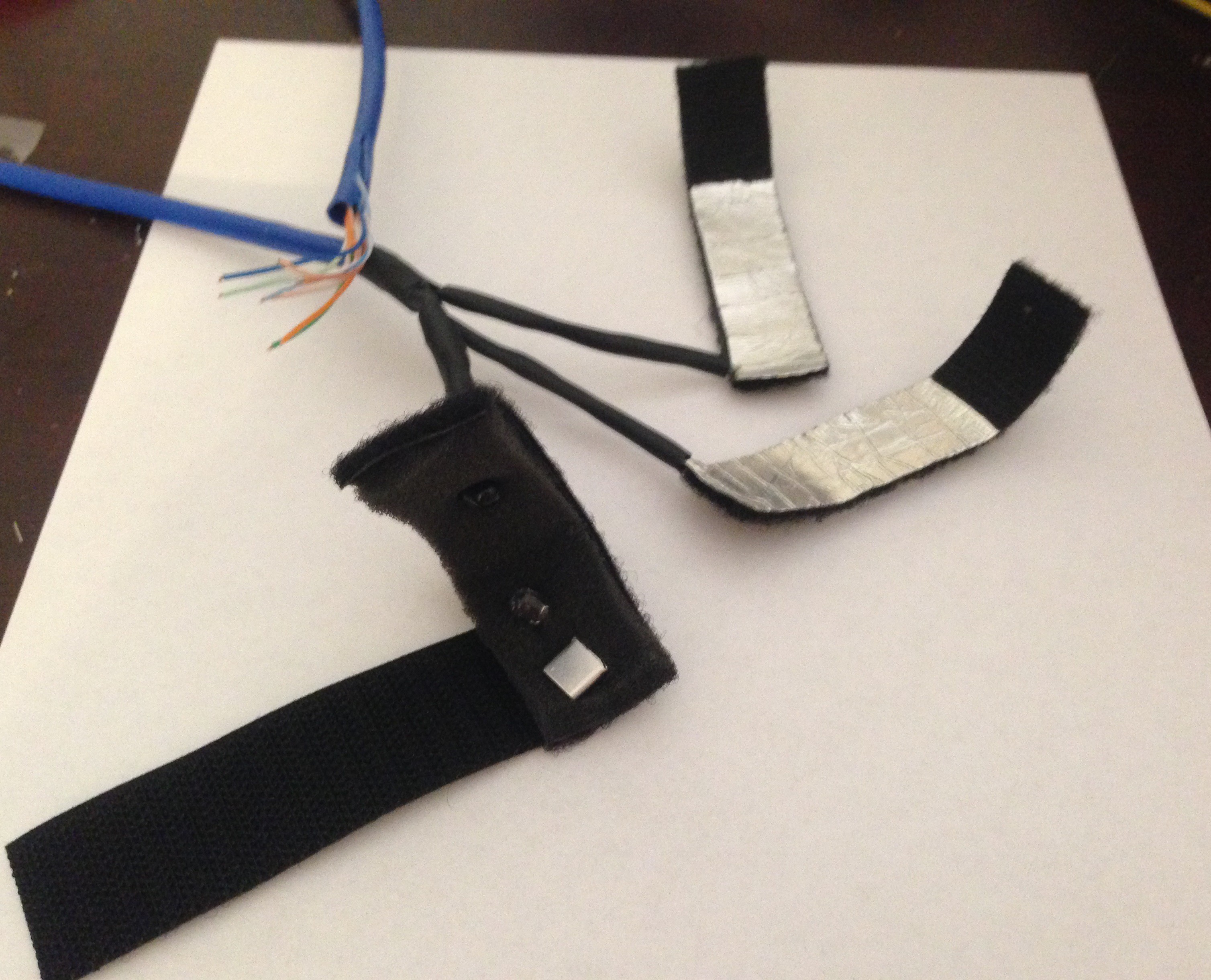
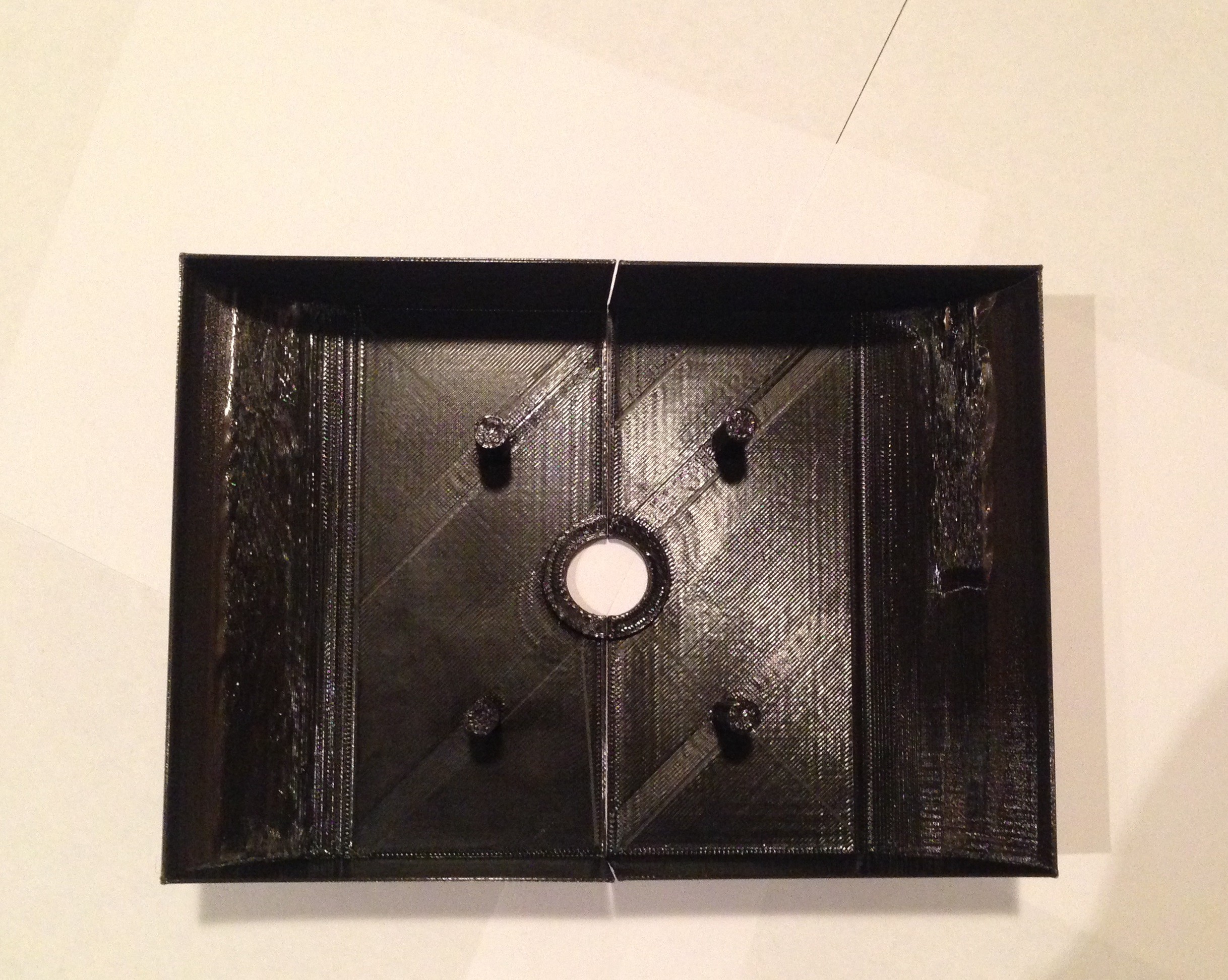
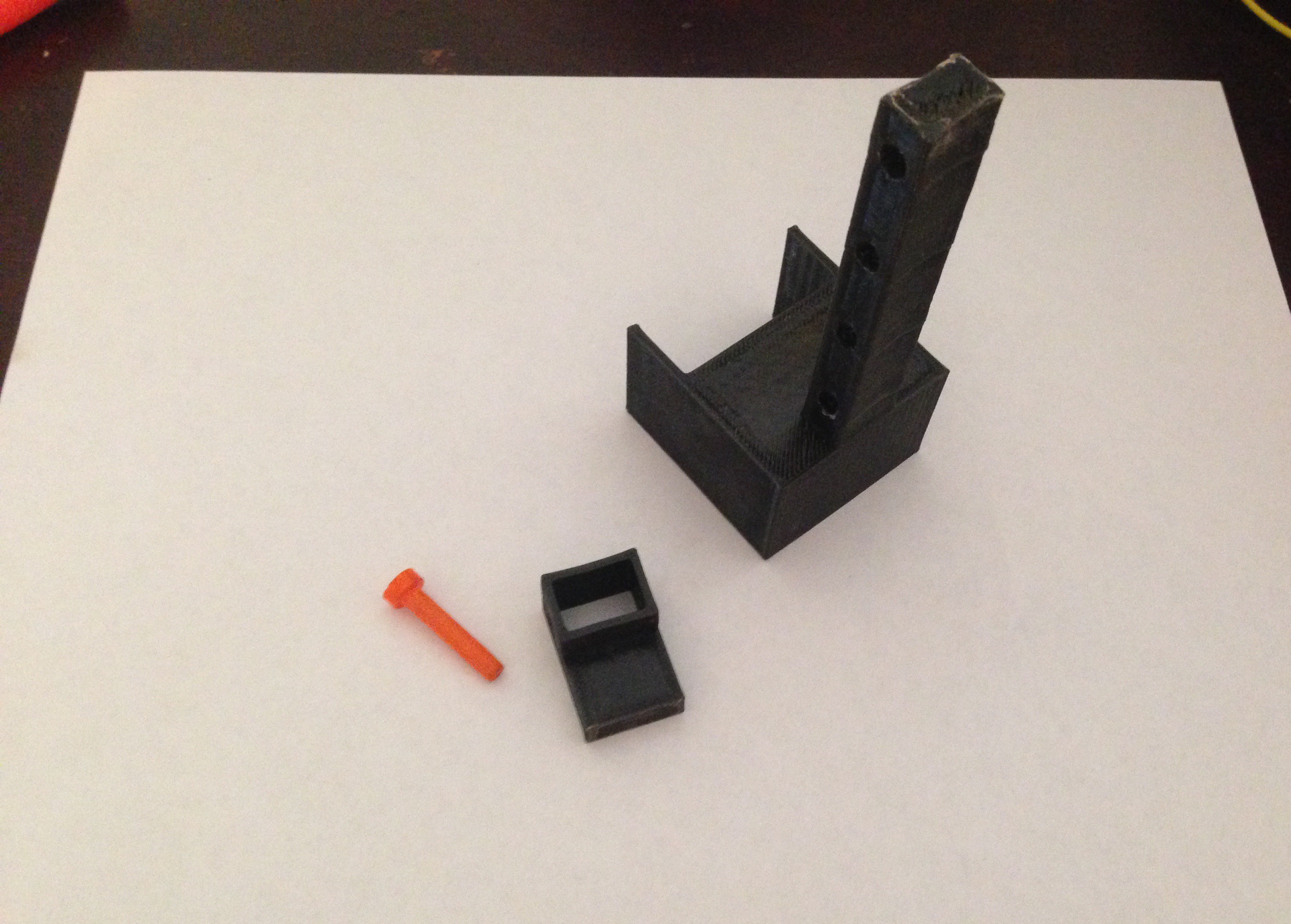
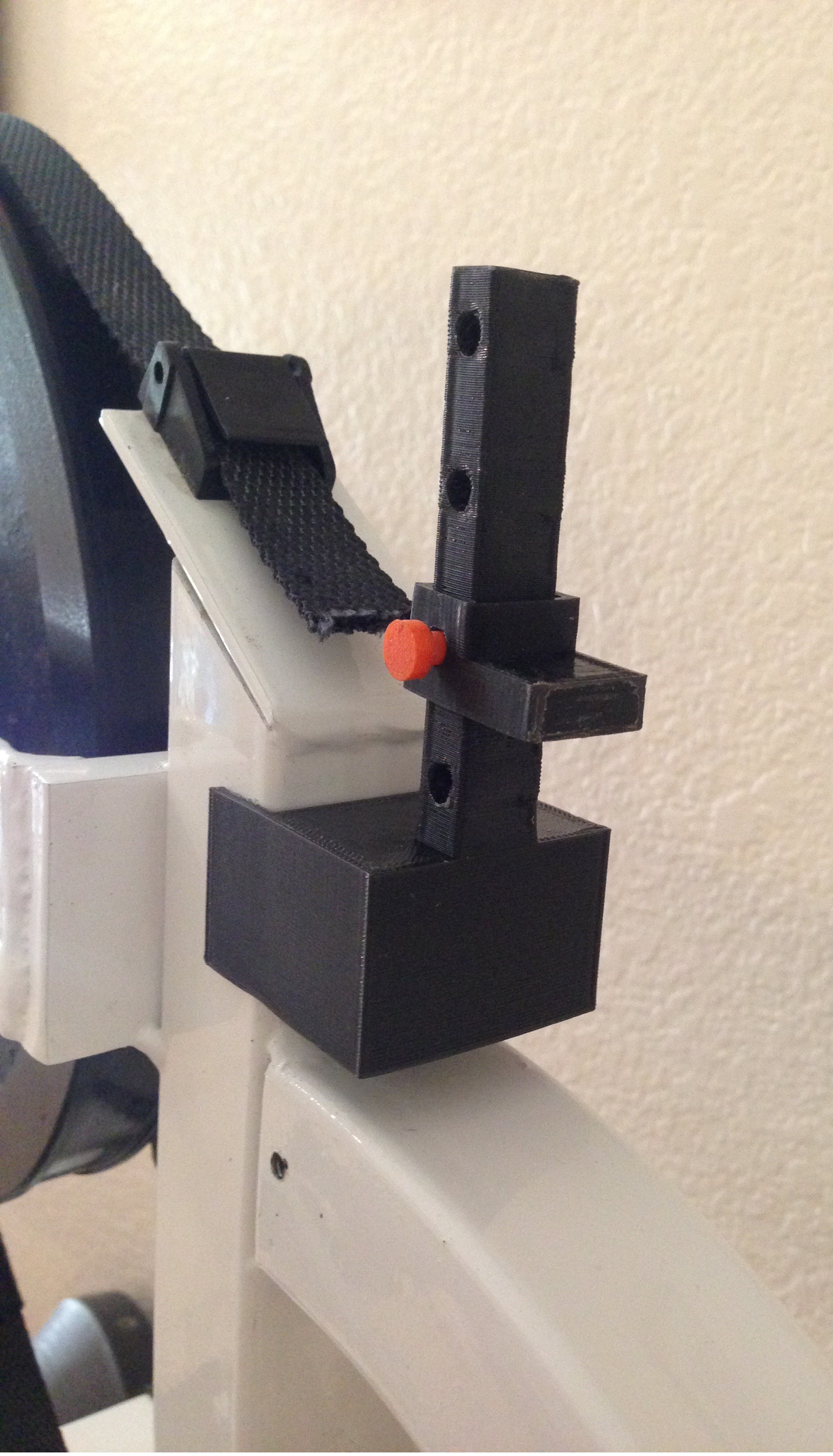
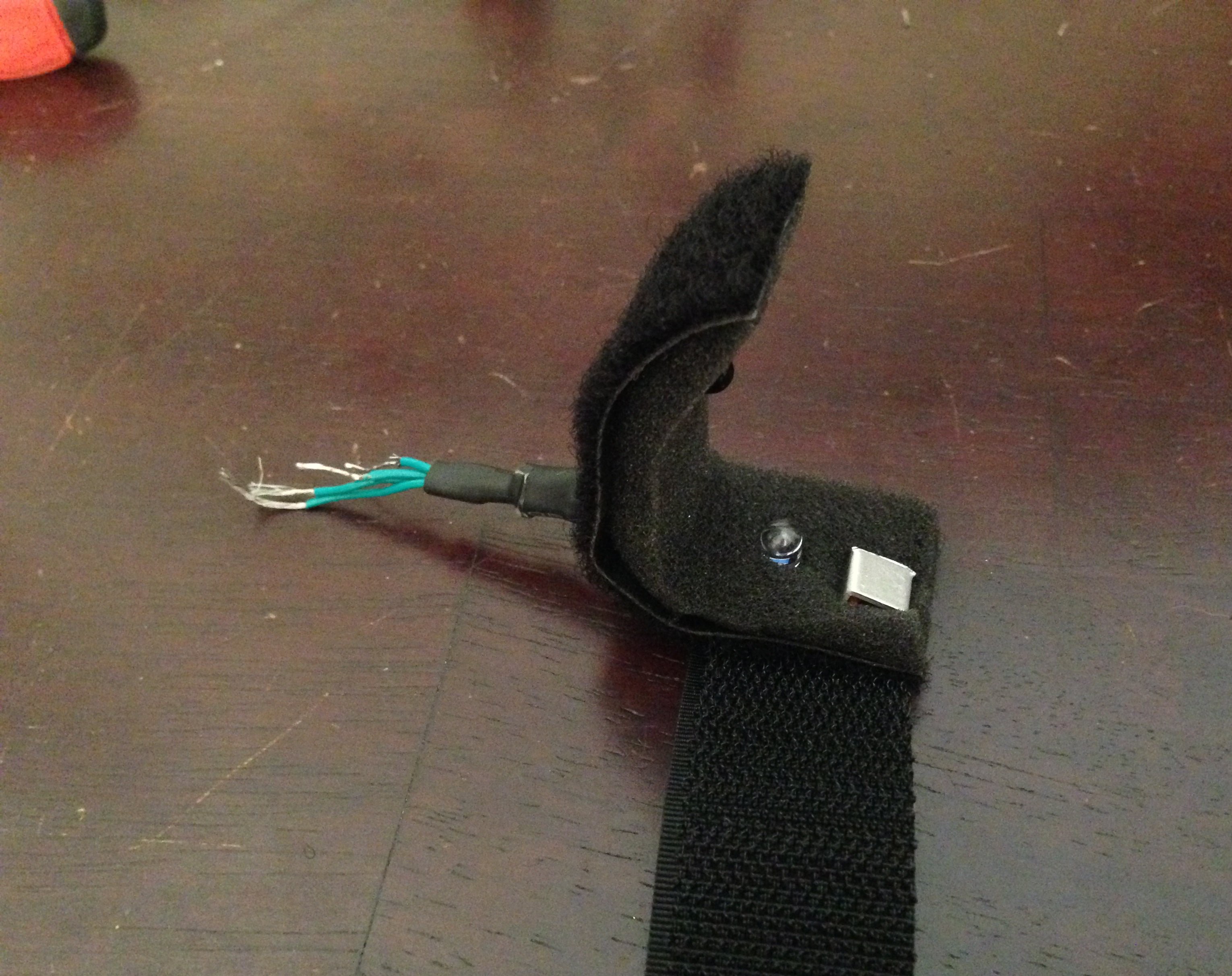
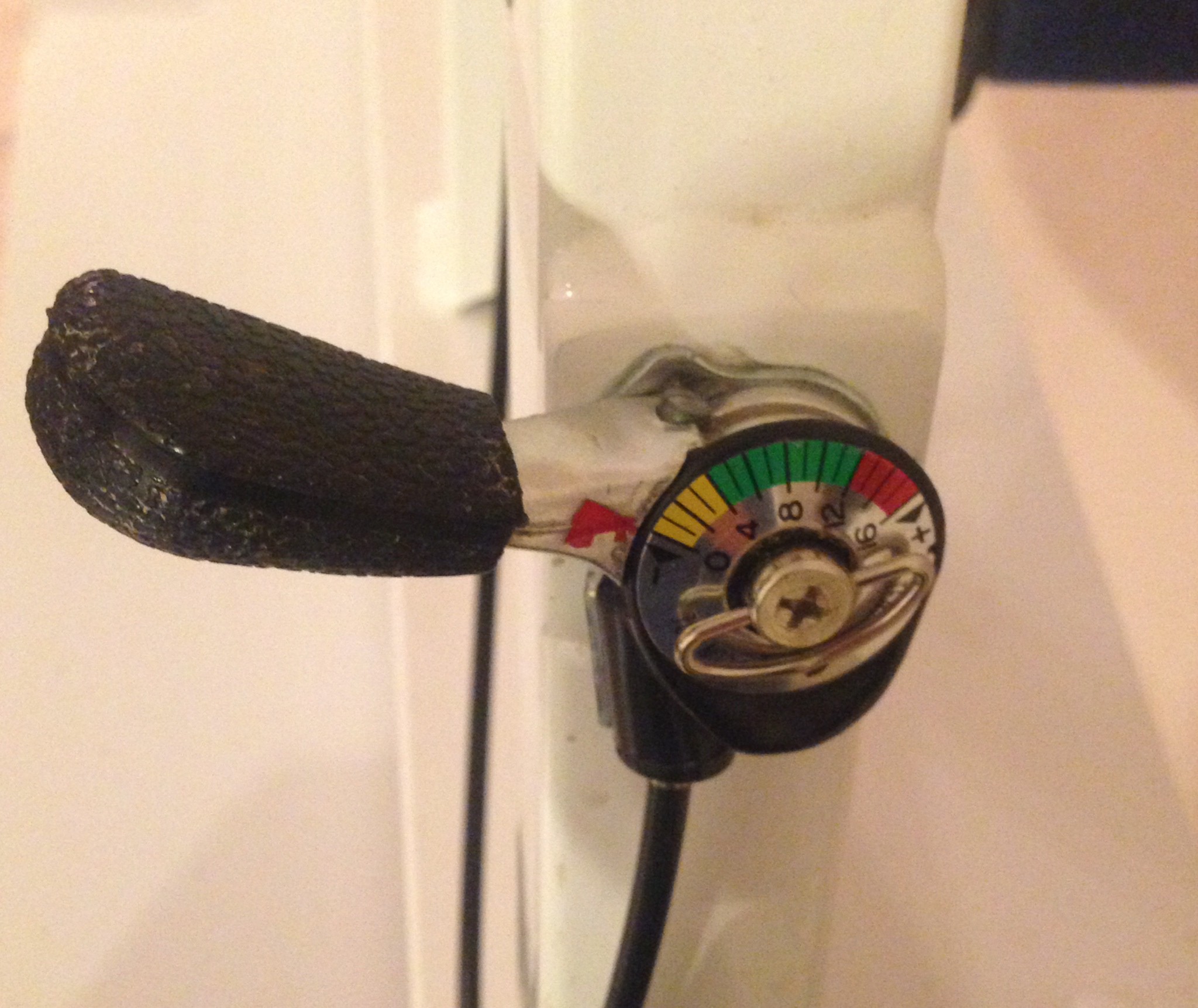

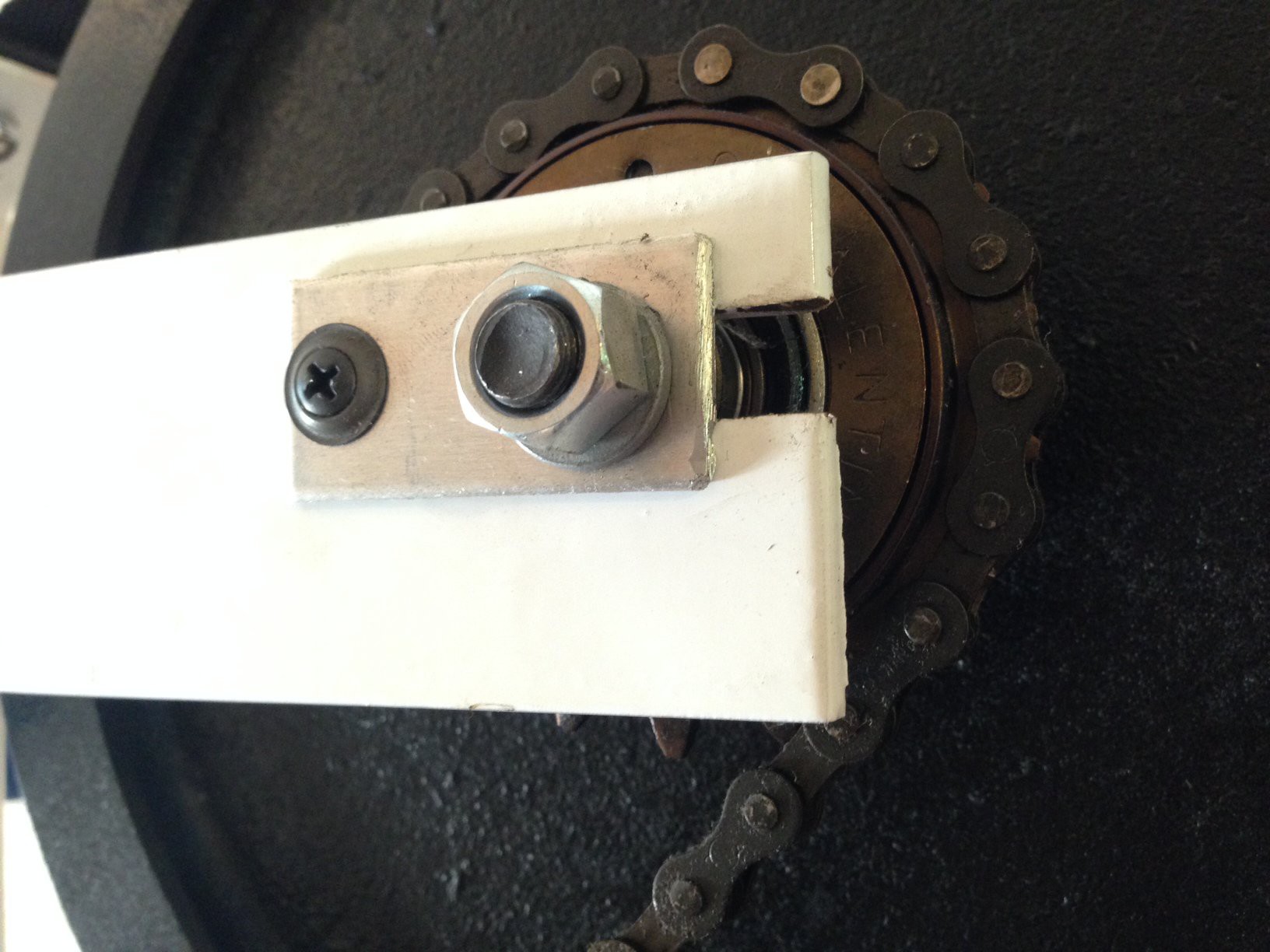
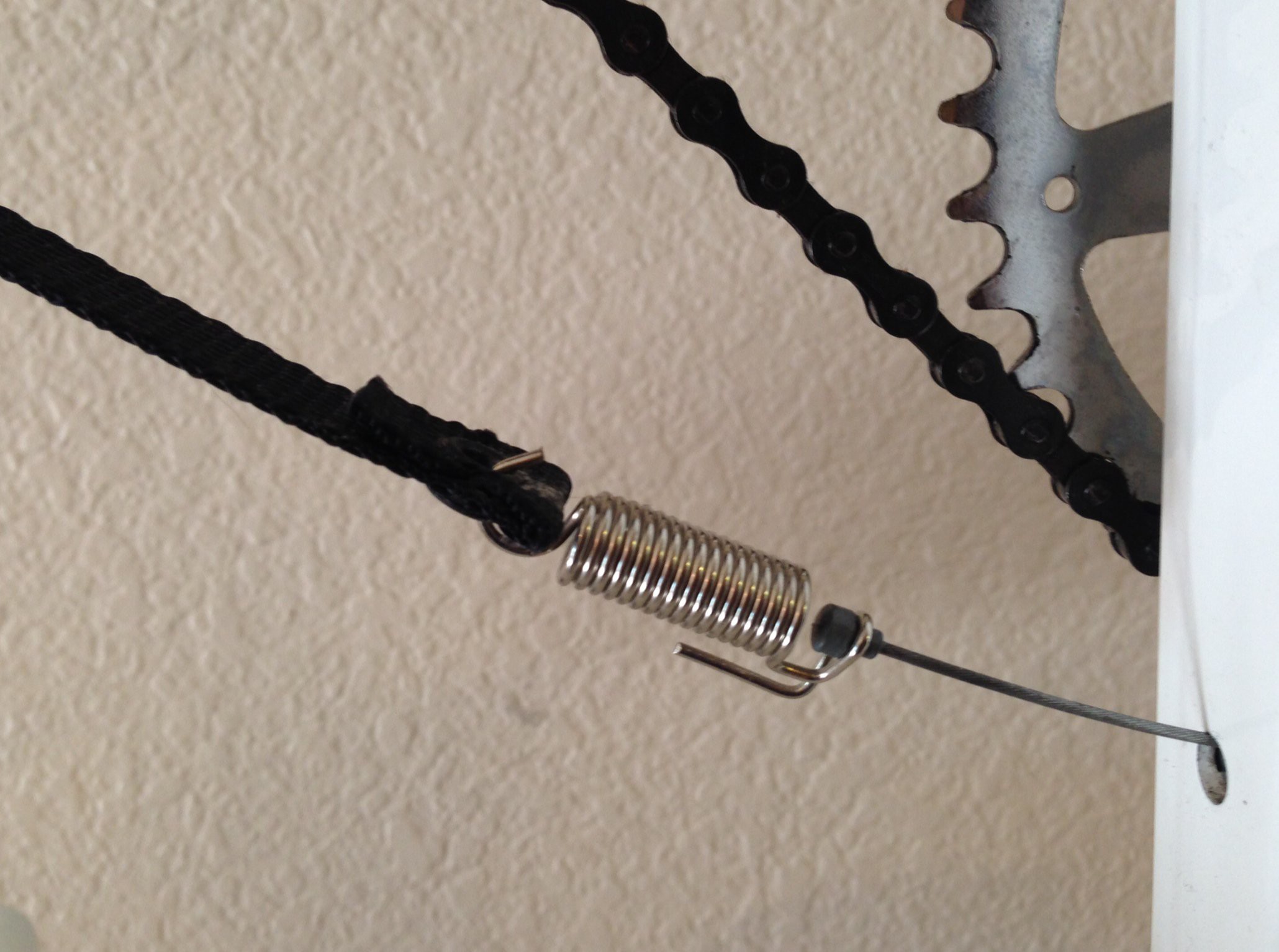
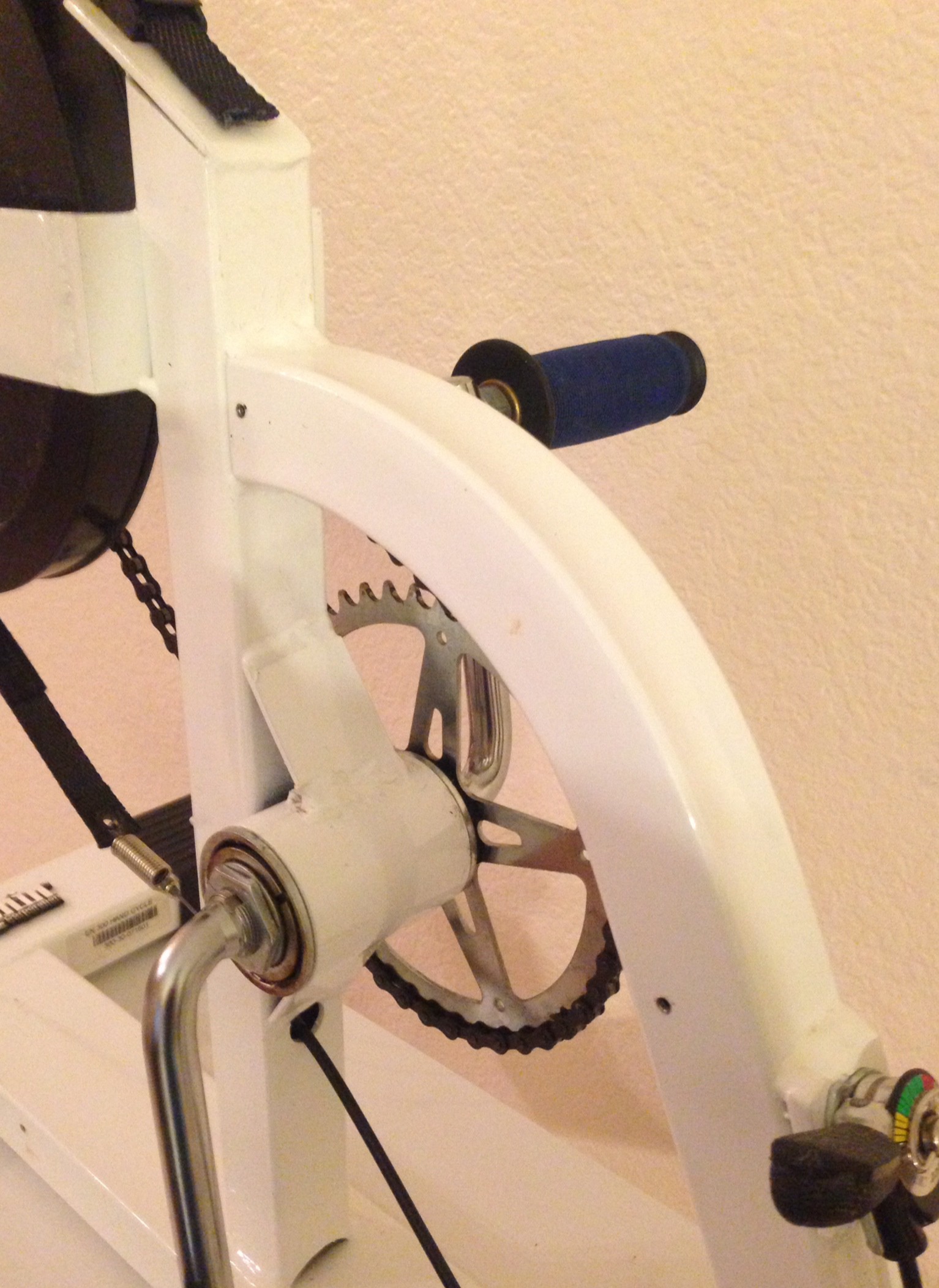 The image above shows the support frame for the hand cycle. The placement of the Android display will be in the upper left hand corner at the end of the tensioning strap.
The image above shows the support frame for the hand cycle. The placement of the Android display will be in the upper left hand corner at the end of the tensioning strap.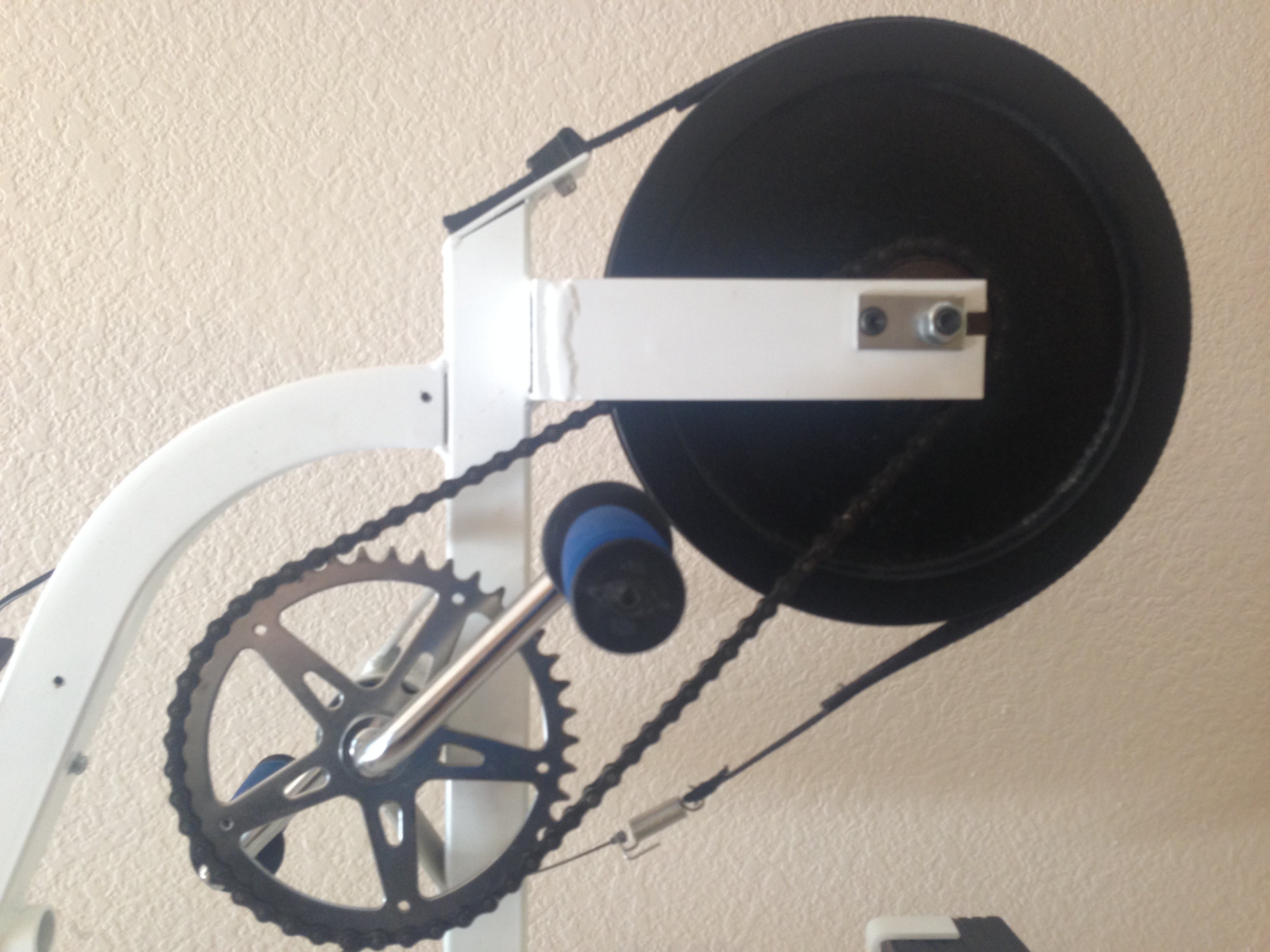
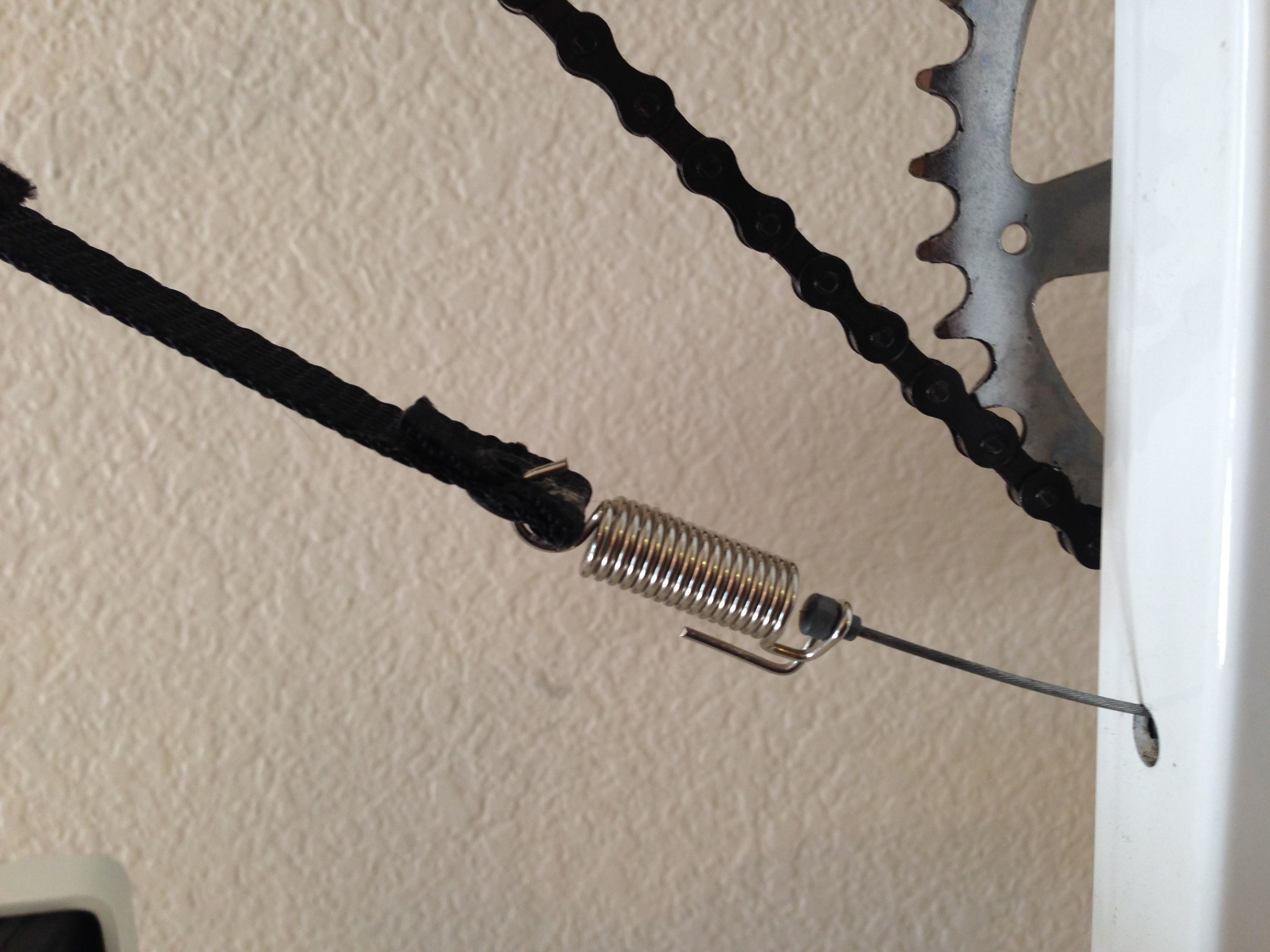

 oakkar7
oakkar7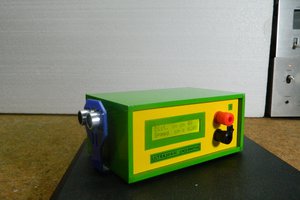
 mircemk
mircemk
 Botorabi
Botorabi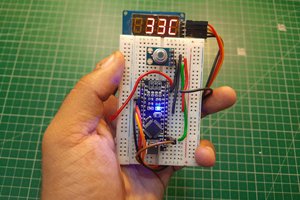
 Lithium ION
Lithium ION